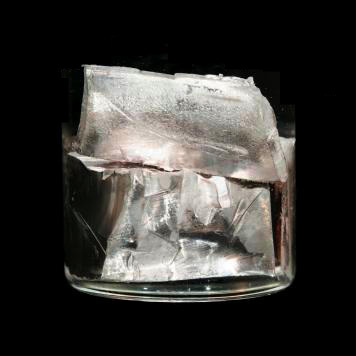◊
◊
◊
◊
Forms one half of ordinary salt NaCl



| Na | Z = 11 | ◊ ◊ ◊ ◊ ◊ |
Sodium | |
| From the English "soda" | ||||
| (AM) Atomic Mass | 22.98977 amu | ♦ | +1 | |
| 882.9 °C | ♦ | 97.81 °C | ||
| 0.972 g/cm3 | ♦ | Body Centered Cubic | ||
| 0.9 | ♦ | 1.54 Å | ||
| Solid | ♦ | (C) Heat Capacity | 1.228 J/g °C | |
| Electronic-Config | [Ne] 3s1 | ♦ | 495.84 kJ/mol | |
| 97.42 kJ/mol | ♦ | 2.6 kJ/mol | ||
| 1807 | ♦ | England | ||
| (E°) Standard Potential | Na+⇔ Na (-2.710 V) | |||
| Stable isotopes | 23Na | |||
| Discovered/Synthesized by | Sir Humphry Davy | |||
| Natural Source | The mineral/ore halite or soda ash | |||
| Common Uses | Baking soda, antacids, lye, soap, soda ash, glass, papermaking, street lamps | |||
| Other Info | Latin name: Natrium Forms one half of ordinary salt NaCl |
|||
Previous Element |
 |
Next Element |
||
| Back to Table |
Common Properties |
|||
| Home Page |
Definitions |
|||